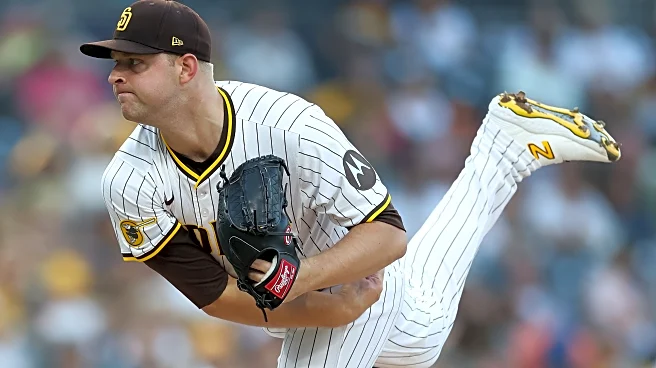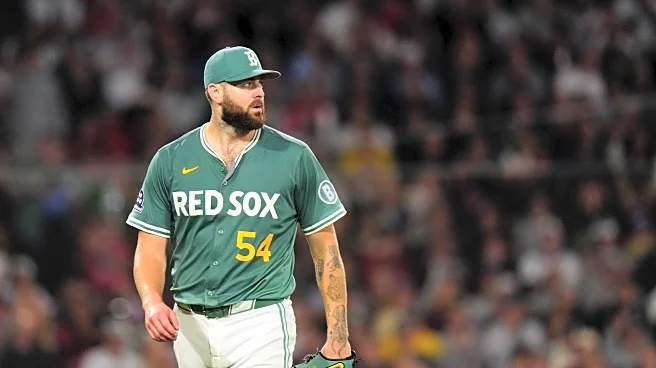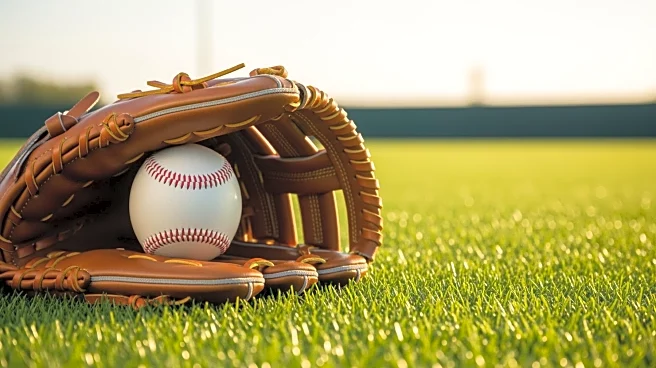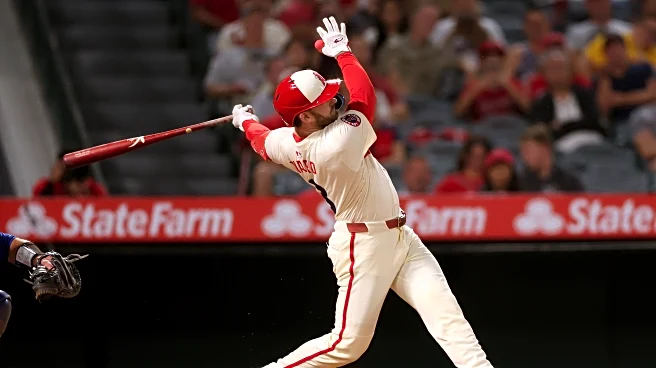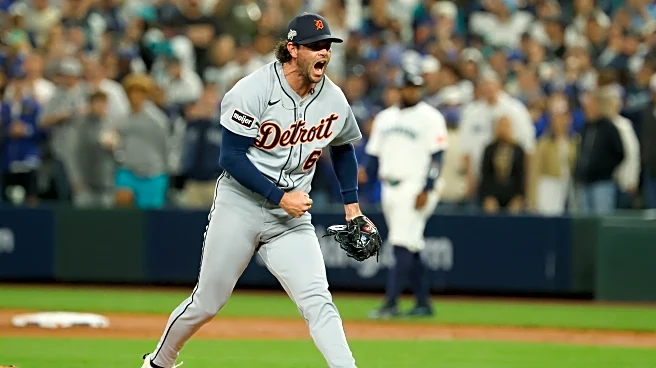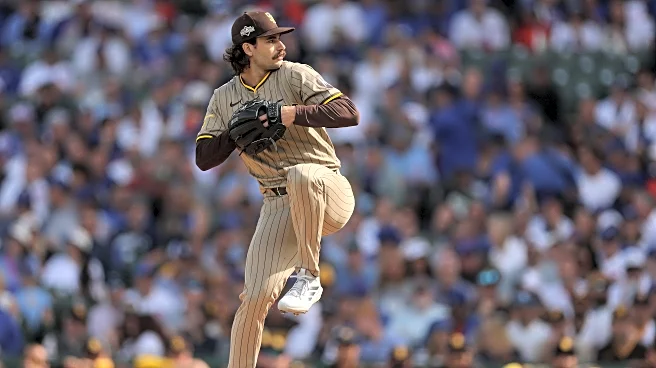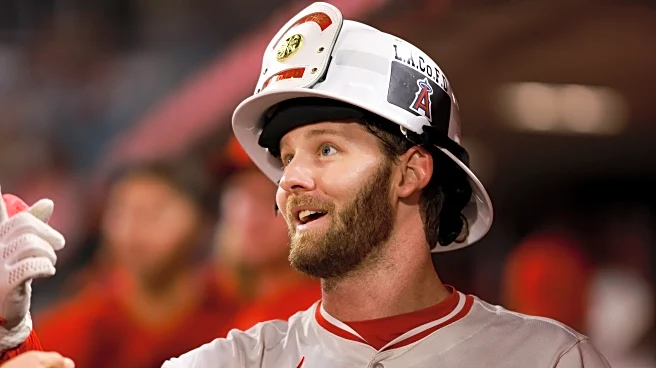After Tuesday’s trade of Grayson Rodriguez—which was puzzling or just startling, depending on your perspective—the Orioles’ rotation needs have become even more pronounced. Starting pitching was already
at the top of Mike Elias’ offseason to-do list, but the departure of Rodriguez means Baltimore now has one fewer established arm to pencil into next season’s rotation.
The top tier of this winter’s starting pitcher market features five names that keep appearing together: Dylan Cease, Framber Valdez, Tatsuya Imai, Ranger Suárez, and Michael King. This publication has discussed all but Imai and King. We’ll correct one of those now. For an organization built on prospect depth but desperate for rotation help, King represents the kind of trade target that could reshape their 2026 outlook.
From Yankees setup man to Padres ace, Michael King underwent a transformation that’s got to be one of the best recent development stories in baseball. Over his first two seasons with New York, King was an ineffective fringe starter/swingman. But he found something in 2022-23, when he posted a combined 2.60 ERA as a reliever with 193 strikeouts in 155 innings. That was good enough for San Diego to swoop in. The Padres retooled King’s approach, adding new pitches to his arsenal (the “Kluberball,” the sweeper thrown by Corey Kluber, was one of them), and emphasizing weak contact over pure strikeouts.
King moved into San Diego’s rotation in 2024 and immediately established himself as a legitimate front-line starter. Over 31 games totaling 173.2 innings, he posted a 2.95 ERA with 201 strikeouts—an elite 10.4 K/9—while holding opponents to a .221 batting average and .642 OPS. That was good enough to land him in seventh place in the Cy Young vote. This past season was tougher, as nerve pain in his shoulder and an inflamed knee limited King to 73 innings, through he was still effective: a 3.44 ERA and 76 strikeouts, not to mention a complete game shutout in April.
The case for King is easy: when he’s at his best, he’s an ace. In 2024, his stuff warranted a 99th-percentile exit velocity by befuddled hitters, along with a 97th-percentile hard-hit rate. His changeup was considered one of the best pitches in the game, and his Klubot-inspired sweeper generated a 34.5% whiff rate. This season, a tougher one for him, still saw him post a +3 run value on his sinker and a +6 run value on his changeup.
If King came over to the Orioles, he’d likely slot in as the ace of the rotation. Conceivably, there’d be an argument about it, at least, but with Kyle Bradish coming off injury and Trevor Rogers attaining ace status only this year (a 1.81 ERA in 18 games), King is the more trusted front-line arm.
What would it cost to acquire King? At $4M for San Diego in 2025, the right hander was a steal, even while being injured for most of it. But having just rejected a qualifying offer of $15 million from San Diego in order to enter free agency, it looks like King is playing in a deeper pool now. One estimate projects him to receive a contract of three years, in the neck of $75 million. ESPN places him a little lower, at three years for $57 million. NBC Sports’ Matthew Pouliot places his value higher, at $84 million over three years, reasoning that, in even a limited year, his metrics didn’t waver:
After breaking out as a starter in his first year in San Diego, King was limited to 15 starts by shoulder and knee injuries last season and saw his strikeout rate dip from 28% to 25% and his hard-hit rate increase from 30% to 38%. On the other hand, his velocity held steady and stuff models didn’t see any drop off from 2024. His next contract seems like a high risk, high reward kind of deal, which should be of more interest to top contenders than those who need to play it a little safer.
Does this make King worthwhile and gettable for the Orioles? The health may be a risk, of course, but it seems to me that two things make him more likely: one, those contract projections aren’t out of reach for this team, and two, 2025’s not-so-happy experiments with Charlie Morton and Tomoyuki Sugano suggest the need for Birdland to sign a real top-tier starter.
The case for King is straightforward: he solves the Orioles’ biggest problem while costing payroll dollars Baltimore can easily afford. On the other hand, because King turned down San Diego’s one-year, $21.05M qualifying offer, any team that signs him must forfeit draft pick compensation to the Padres. For the Orioles, that means surrendering their second-highest pick in the 2026 draft and $500,000 in international bonus pool money.
Given Baltimore’s recent draft success and the value they’ve extracted from those picks (Gunnar Henderson is one of them), this isn’t an insignificant cost. However, it’s far less painful than the prospect packages that acquiring a comparable starter via trade would require. Mike Elias has been willing to surrender draft picks before—the team gave up their second-rounder to sign Craig Kimbrel in 2023—so the compensation likely won’t be a dealbreaker if the financial terms work out.
When it comes to King, there are some concerns about durability, but if Elias can obtain King at a price that doesn’t make ownership flinch, then this deal seems like a slam dunk given King’s performance trajectory, and ceiling. The Orioles can and should be aggressive in pursuit.
